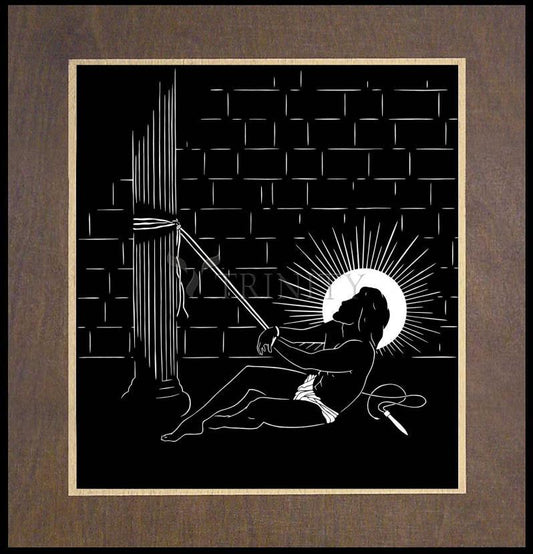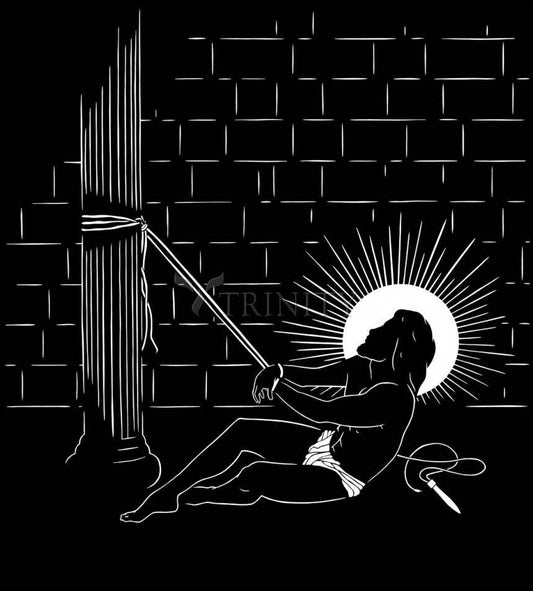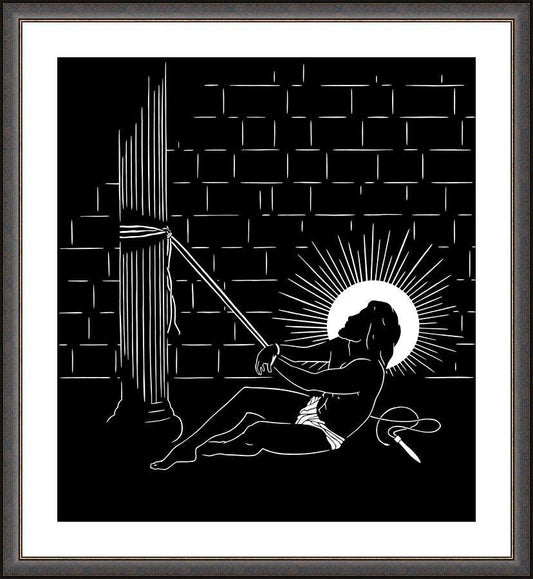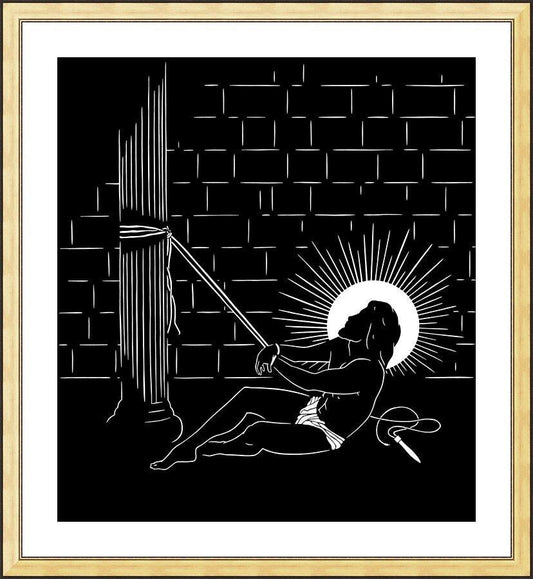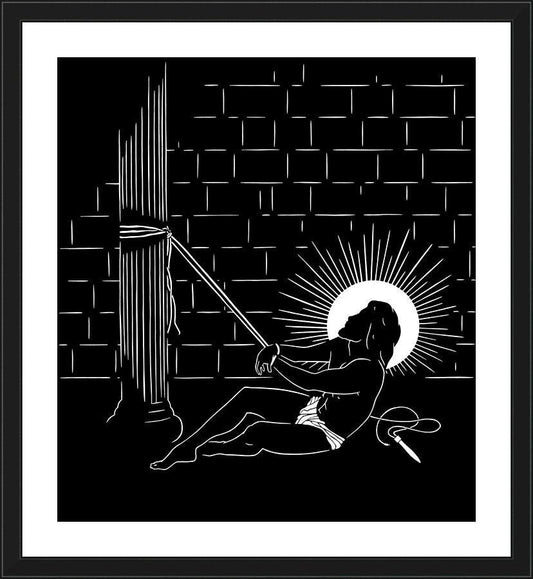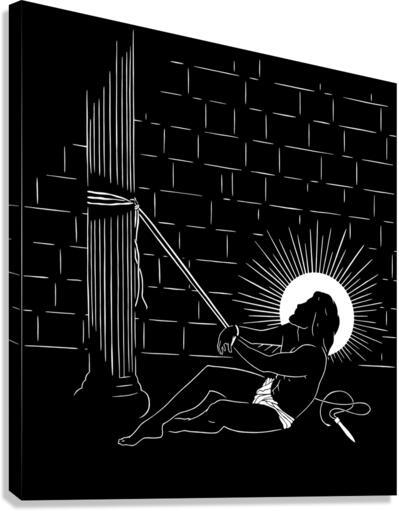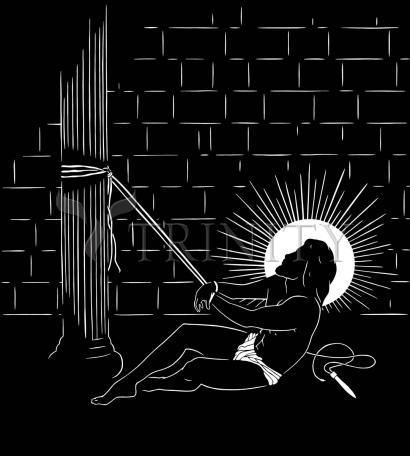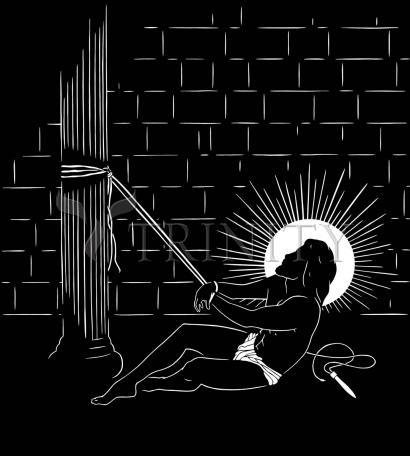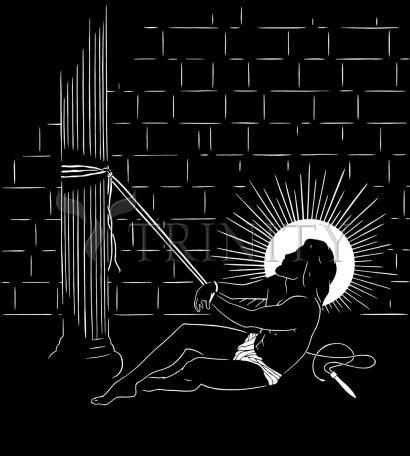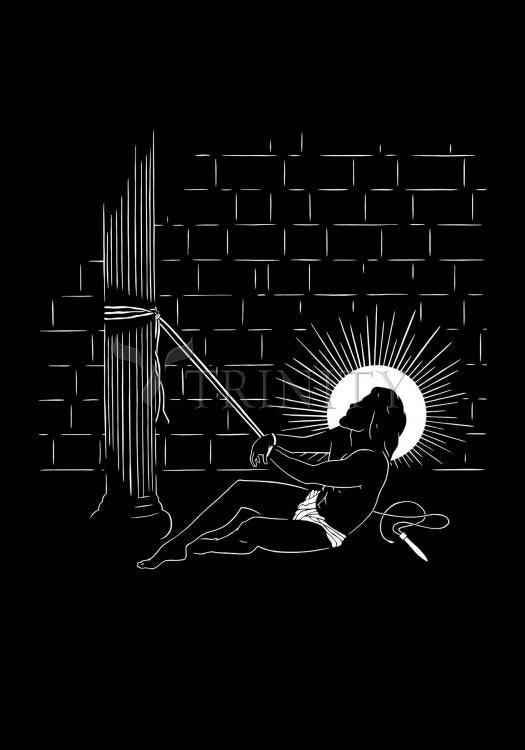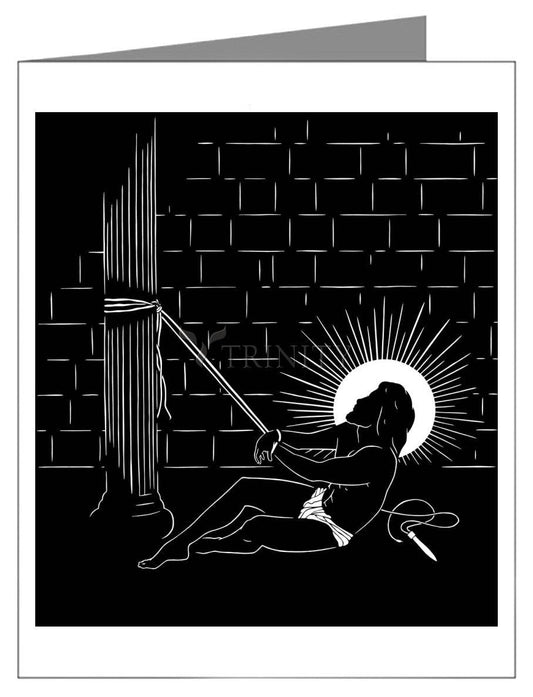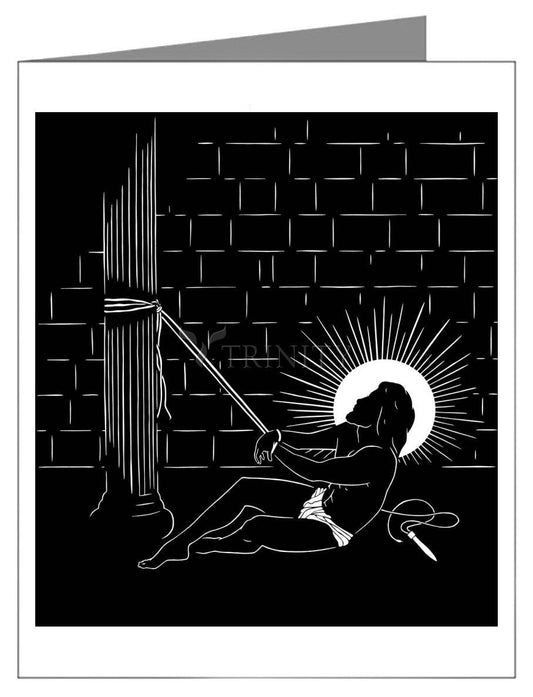Roman Trials
Since permission for an execution had to come from the governing Romans, Jesus was taken early in the morning by the temple officials to the Praetorium of the Fortress of Antonia, the residence and governmental seat of Pontius Pilate, the procurator of Judea. However, Jesus was presented to Pilate not as a blasphemer but rather as a self-appointed king who would undermine the Roman authority. Pilate made no charges against Jesus and sent him to Herod Antipas, the tetrarch of Judea. Herod likewise made no official charges and then returned Jesus to Pilate. Again, Pilate could find no basis for a legal charge against Jesus, but the people persistently demanded crucifixion. Pilate finally granted their demand and handed over Jesus to be flogged (scourged) and crucified.
On the Physical Death of Jesus Christ
Scourging Practices
Flogging was a legal preliminary to every Roman execution, and only women and Roman senators or soldiers (except in cases of desertion) were exempt. The usual instrument was a short whip (flagrum or flagellum) with several single or braided leather thongs of variable lengths in which iron balls or sharp pieces of sheep bones were tied at intervals. Occasionally staves were also used. For scourging, the man was stripped of his clothing, and his hands were tied to an upright post. The back, buttocks and legs were flogged either by two soldiers (lictors) or by one who alternated positions. The severity of the scourging depended on the disposition of the lictors and was intended to weaken the victim to a state just short of collapse or death. After the scourging, the soldiers often taunted their victim.
Medical Aspects of Scourging
As the Roman soldiers repeatedly struck the victim's back with full force, the iron balls would cause deep contusions, and the leather thongs and sheep bones would cut into the subcutaneous tissues. Then, as the flogging continued, the lacerations would tear into the underlying skeletal muscles and produce quivering ribbons of bleeding flesh. Pain and blood loss generally set the stage for circulatory shock. The extent of the blood loss may well have determined how long the victim would survive on the cross.
Scourging of Jesus
At the Praetorium, Jesus was severely whipped. The Roman soldiers, amazed that this weakened man had claimed to be a king, began to mock him by placing a robe on his shoulders, a crown of thorns on his head, and a wooden staff as a scepter in his right hand. Next they spat on Jesus and struck him on the head with the wooden staff. Moreover, when the soldiers tore the robe from Jesus' back, they probably reopened the scourging wounds.
The severe scourging, with its intense pain and appreciable blood loss, most probably left Jesus in a preshock state. Moreover, hematidrosis had rendered his skin particularly tender. The physical and mental abuse meted out by the Jews and the Romans, as well as the lack of food, water and sleep, also contributed to his generally weakened state. Therefore, even before the actual crucifixion, Jesus' physical condition was at least serious and possibly critical.
"Excerpts from an article that appeared in the Journal of the American Medical Association entitled On the Physical Death of Jesus Christ.



